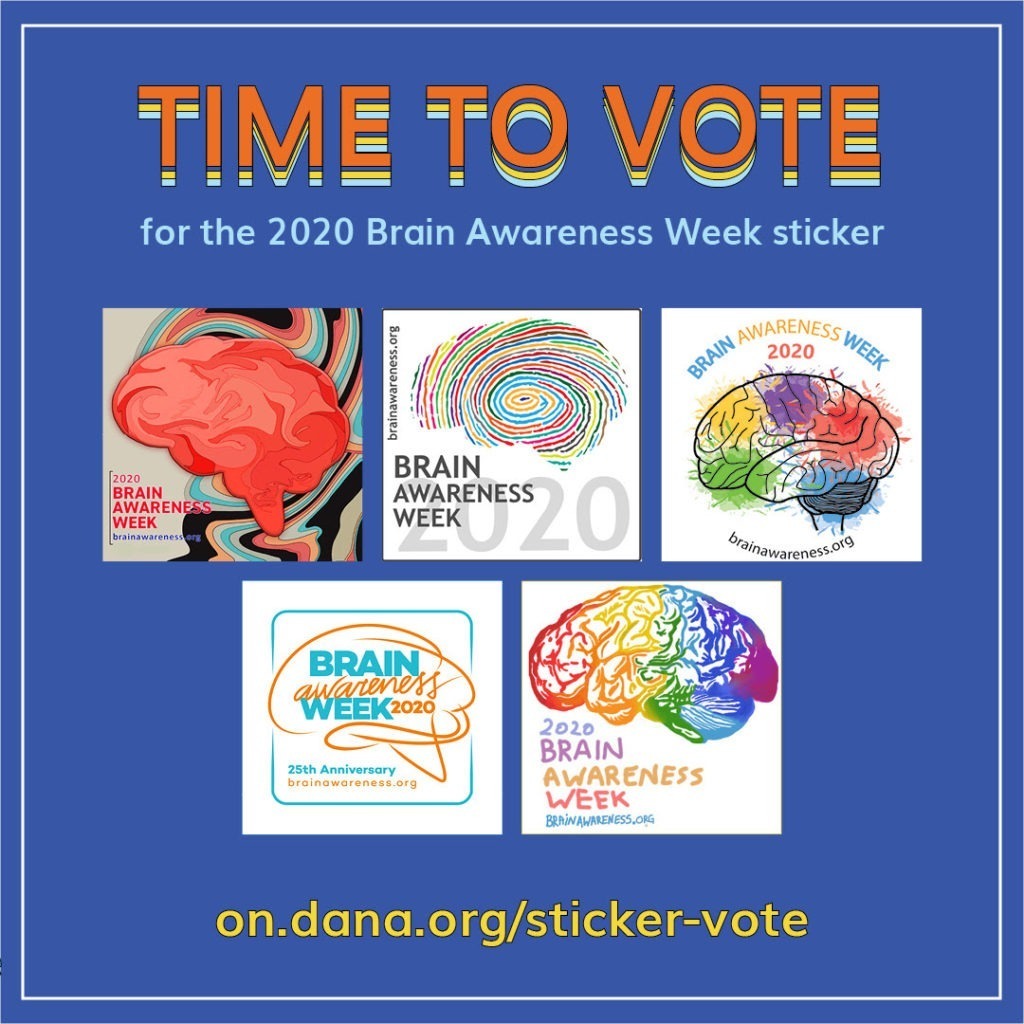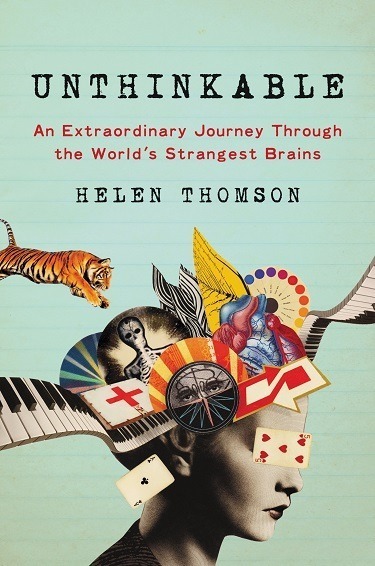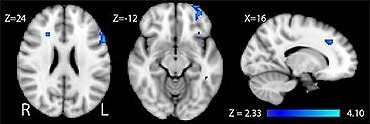Posts by Dana Foundation
Help select the campaign sticker for Brain Awareness Week 2020
Thank you to all the Brain Awareness Week enthusiasts who entered our 2020 Brain Awareness Week Sticker Design Contest! The Dana Foundation received many wonderful and creative design submissions, and we’re pleased to announce that we’ve narrowed it down to our five finalists. Now it’s YOUR turn to choose the winning design!
Read MoreNew book explores nine lives impacted by rare brain disorders
“Several years ago, science writer Helen Thomson, consultant to New Scientist and contributor to the Washington Post and Nature, decided to travel around the world to interview people with “the most extraordinary brains.” In the process, as described in Unthinkable: An Extraordinary Journey Through the World’s Strangest Brains (Ecco/Harper Collins 2018), Thomas discovered that “by…
Read MorePromoting Healthy, Meaningful Aging Through Social Involvement: Building an Experience Corps
(Editor’s note: Pathways responsible for higher-order thinking in the prefrontal cortex (PFC), or executive center of the brain, remain vulnerable throughout life—during critical early-life developmental windows, when the PFC fully matures in the early 20s, and finally from declines associated with old age. At all ages, physical activity and PFC-navigated social connections are essential components…
Read MoreThe Brain in Science Education: What Should Everyone Learn?
The neuroscience community has developed its own set of core concepts that K‑12 students and the general public should know about the brain and nervous system and has correlated those concepts to the national standards.
Read MoreA Decade after The Decade of the Brain – Educational and Clinical Implications of Neuroplasticity
(Editor’s Note: In 1990, Congress designated the 1990s the “Decade of the Brain.” President George H. W. Bush proclaimed, “A new era of discovery is dawning in brain research.” During the ensuing decade, scientists greatly advanced our understanding of the brain. The editors of Cerebrum asked the directors of seven brain-related institutes at the National…
Read MoreBrain Scientists Identify Links between Arts, Learning
Arts education influences learning and other areas of cognition and may deserve a more prominent place in schools, according to a wave of recent neuroscience research.One recent study found that children who receive music instruction for just 15 months show strengthened connections in musically relevant brain areas and perform better on associated tasks, compared with…
Read More


